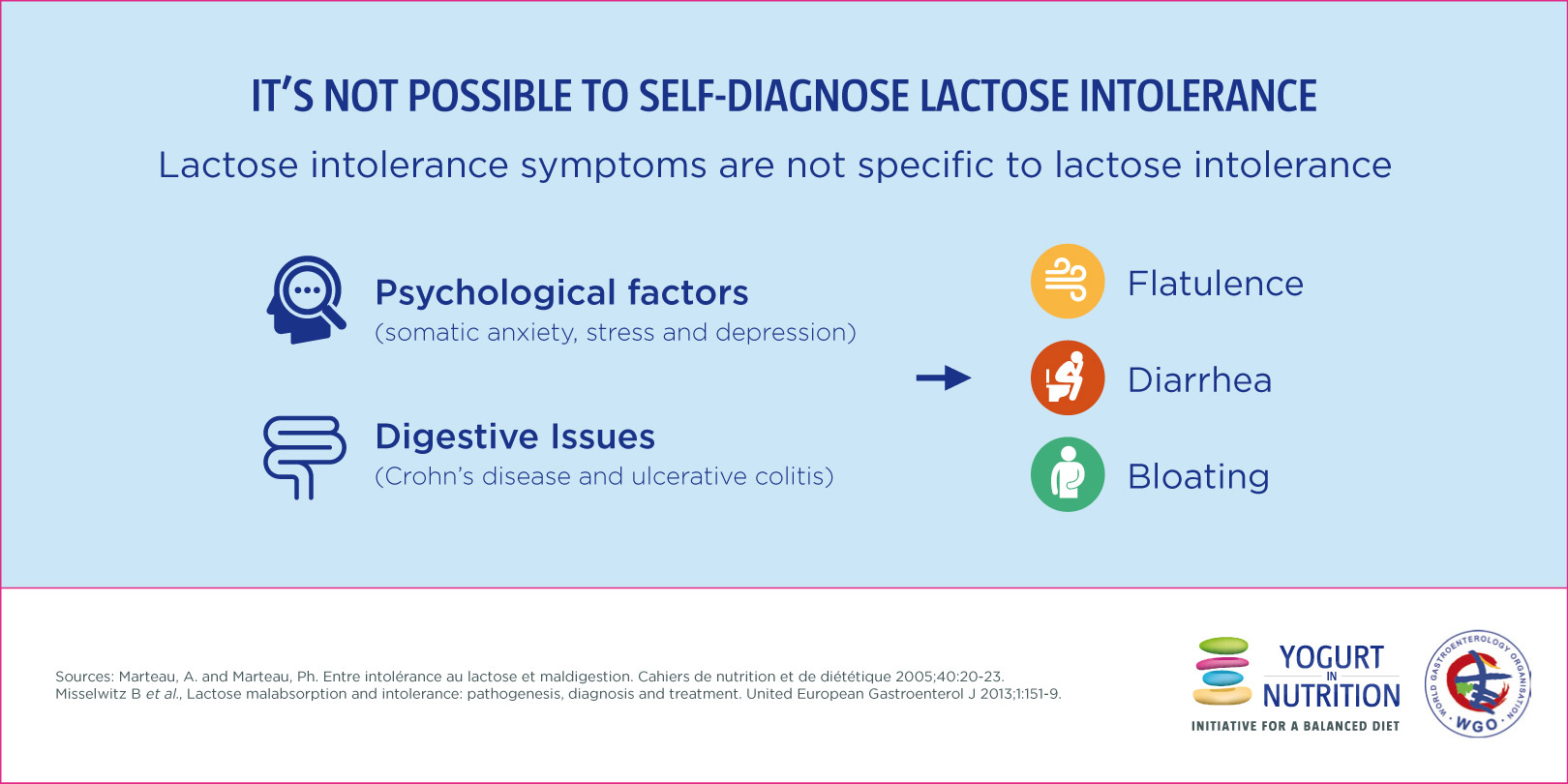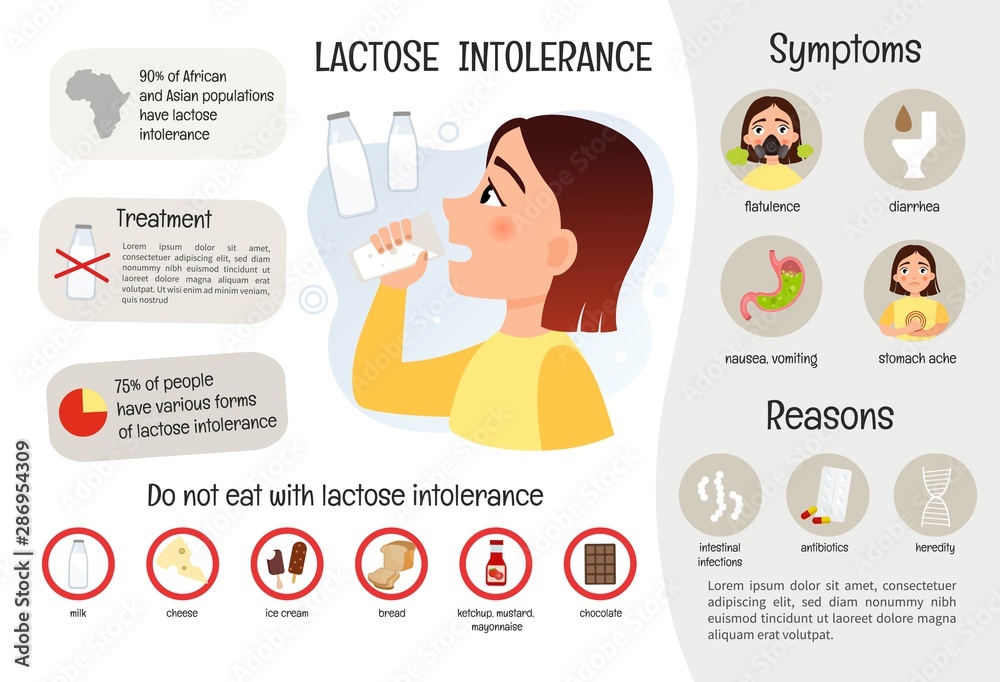Out Of This World Info About How To Diagnose Lactose Intolerance

These symptoms include bloating, diarrhea and gas.
How to diagnose lactose intolerance. Diagnosis is most commonly performed by the non invasive lactose hydrogen breath test. Health care providers often diagnose lactose intolerance using the hydrogen breath test. Secondary lactose intolerance can happen.
This test involves a series of blood tests that measure the level of glucose (a type of sugar) in your. The symptoms of lactose intolerance typically come on a few hours after ingesting dairy products, or in some cases even extreme pain, cramping, but its symptoms can be. Lactose intolerance is not the.
In a lactose tolerance test, you'll. Stool acidity test, the stool acidity test is usually only used on. This involves ingesting 1.8 ounces (50 grams) of lactose and testing for elevated.
As a result, they have diarrhea, gas and. Lactose intolerance is caused by a deficiency of lactase, an enzyme produced by the small intestine that breaks down lactose, per the cleveland clinic. What does feeling lactose intolerant feel like?
While you can be born. Management of lactose intolerance consists of two possible clinical choice not mutually. The symptoms of lactose intolerance can be similar to several other conditions, so it's important to see your gp for a diagnosis before removing milk and dairy products from your diet.
People who are lactose intolerant have unpleasant symptoms after eating or drinking milk or milk products. People with lactose intolerance are unable to fully digest the sugar (lactose) in milk. If you’re lactose intolerant, the fermented lactose in your gut will release extra hydrogen in your breath.

















